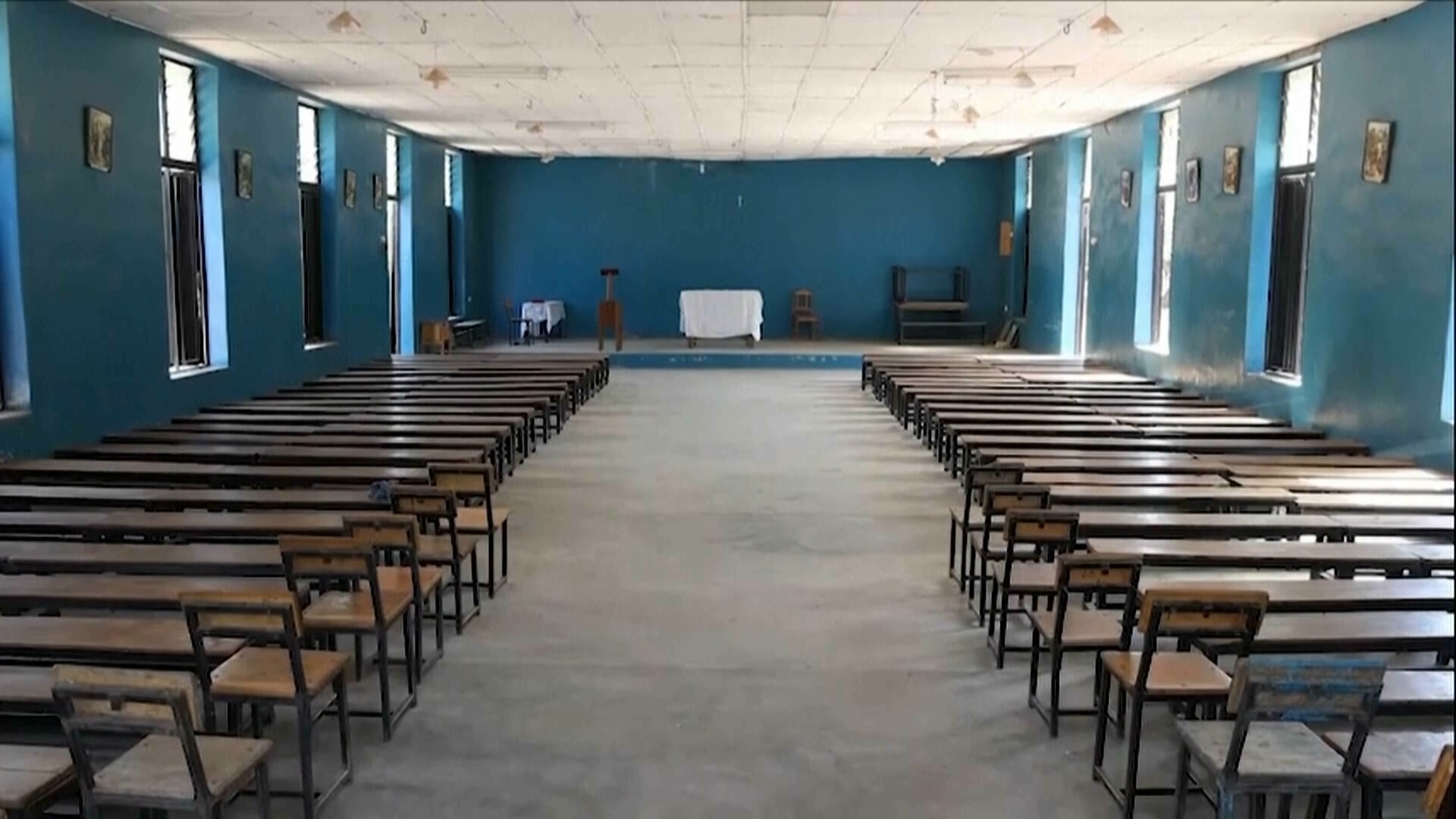As temperatures across the country continue their inevitable decline toward winter, the work is only beginning for John Lawler and his team of volunteers.
Lawler is a retired Pennsylvania State Police officer who oversees one of the nation's growing firewood banks.
"Heat is one of the basic essentials, you have to have heat," Lawler said.
Most mornings, Lawler can be found in the backyard of his home in East Freedom, Pennsylvania, manning a firewood splitter and piling firewood as high as he can.
Lawler operates what's known as a firewood bank. The concept is similar to the food pantry; except community members who can't afford to heat their homes come here to get firewood, not canned vegetables.
More than 100 firewood banks exist nationwide — a number that U.S. Forestry officials say is growing as more Americans struggle with energy bills.
"There's more of a need. There's more of a need now than there was four years ago," he said.
The firewood bank Lawler runs serves Blair County, Pennsylvania, a community where the median income hovers around $28,000. Calls come in from residents across the area struggling to pay their energy bills.
Last week, Lawler and his team of volunteers made a firewood delivery to a new mom whose baby was suffering from pneumonia. Unable to afford firewood for her home, she turned to the firewood bank.
"We see the need constantly. If you look at the economy, people are hurting. Electricity is skyrocketing, home fuel oil is skyrocketing." Lawler added.
According to the U.S. Energy Information Administration, 22% of U.S. households in rural areas use firewood or wood pellets as their primary heat source in the winter, equating to about 1.7 million homes. There are homes in every continental U.S. state using wood heat in some form.
With the need continuing to increase across the country, the U.S. Forest Service is pumping millions of dollars more into firewood relief programs.
Heating experts believe natural gas costs will likely be lower for many Americans this year. But those who heat their homes with oil are expected to see an 8.7% jump from last year.
Another option for Americans struggling to pay heating bills this winter is the Low Income Home Energy Assistance Program, which provides federal funds to help with home energy bills.
As for John Lawler, he will be out at his firewood bank in Pennsylvania each day ensuring his energy assistance program is ready for winter.
"The need is always there," he said.











